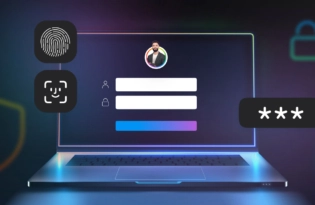HomeResourcesHow to use PayoneerThe difference between an estimate and an invoice
The difference between an estimate and an invoice
When it comes to accounting and paperwork, small businesses and freelancers have a lot to keep track of. Fortunately, business software like Free Invoice Builder helps streamline the process and keeps all your documents organized. Two important business documents you’ll need to know are estimates and invoices. While there are similarities between the two, they…
When it comes to accounting and paperwork, small businesses and freelancers have a lot to keep track of. Fortunately, business software like Free Invoice Builder helps streamline the process and keeps all your documents organized.
Two important business documents you’ll need to know are estimates and invoices. While there are similarities between the two, they provide very different purposes.
What is an estimate?
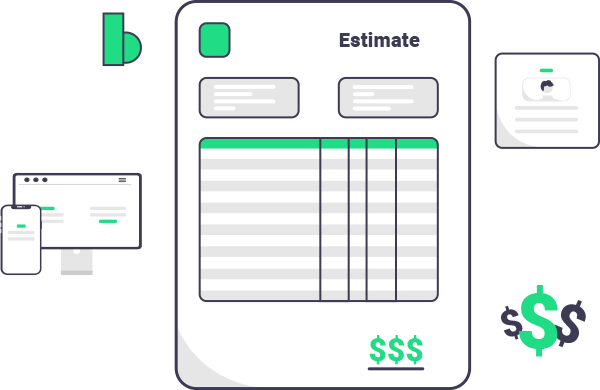
An estimate is a general price for a project that a business proposes to a client to offer an idea of what a service might cost. An estimate is used at the very beginning of a transaction before both parties have discussed project details. Providing a client an estimate does not mean any money is owed.
When is an estimate used?
An estimate is proposed by a business before a contract has been signed to provide a customer an approximate idea of what they can expect to pay. Estimates are not meant to provide a fixed cost for a service.

For example, a business hiring a freelancer to do an SEO audit of their website may inquire about pricing from several freelancers. Each business will provide an estimate of what they charge for services and what they think the job will cost based on previous work. At this point in the transaction, the freelancers will not have concrete details of what the job entails, but instead, a general idea. Therefore, the final cost of the job might be different than the initial estimate.
What information is included on an estimate?
Include the following details in your estimate:
- Description of the job
- Projected timeline
- List of prices for line items and total cost
- Payment terms
- Your company’s logo and contact information
Types of estimates
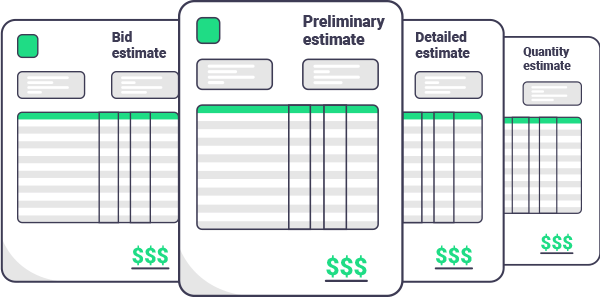
There are four primary types of estimates:
1. Preliminary estimate
This is the most basic type of estimate and provides a general idea about how much a project will cost. It is given to a client at the beginning of a project when only limited information is available.
2. Detailed estimate
If a more detailed description of the project is given to the service provider, they can provide a more concise estimate of the cost.
3. Quantity estimate
Quantity estimates are used for jobs that require physical materials. They include details of materials required to complete the project.
4. Bid estimate
A business submits a bid estimate to a potential client in hopes of winning a project.
What is an invoice?
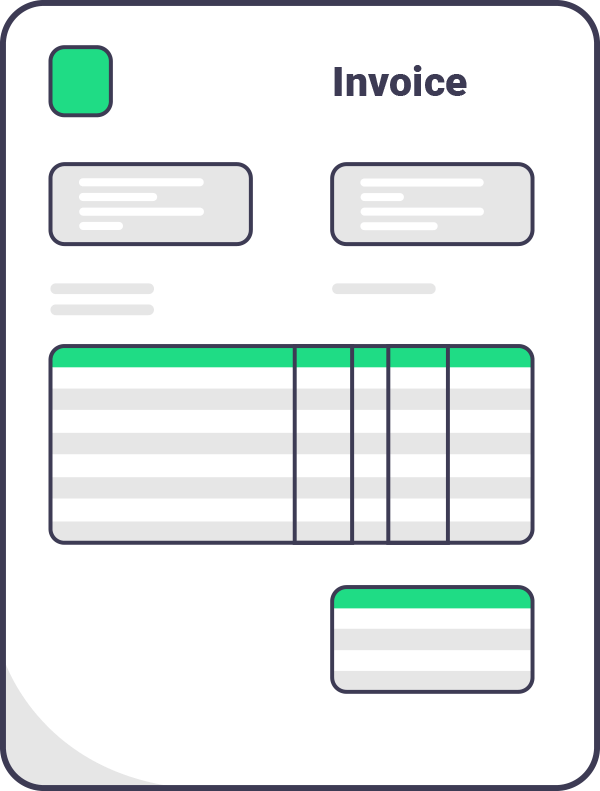
An invoice is a legal document a business sends a client formally requesting payment for a service. Invoices also provide a financial record when a job is completed and will be used for tax and accounting purposes.
What details are included in an invoice
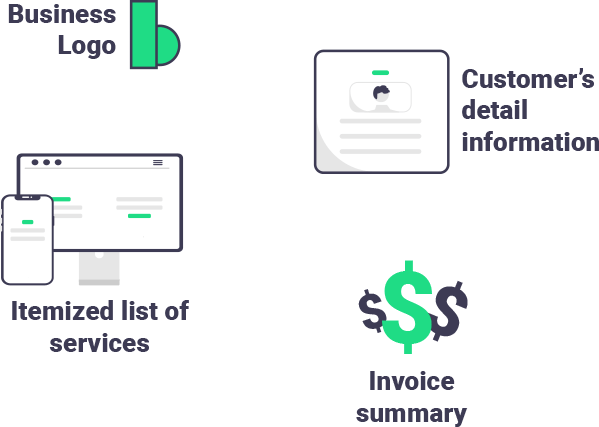
Invoices are more detailed than estimates and can be created with a free invoice builder. They should include:
- Customer’s contact information
- Official due date and amount due
- Business contact information
- Invoice number or ID
- Invoice date
- Payment terms
- Complete list of services
- The currency in which the invoice should be paid
- If working on an hourly basis, indicate the total number of hours worked
- Country of origin
- Any taxes that apply
When are invoices used?
Any business that needs to request payment from a client must submit an invoice to do so. For example, a freelance web designer must invoice every client they create a new website for to keep track of transactions and request payment. While invoicing can seem complicated, online software allows businesses to send and file invoices online, increasing efficiency and eliminating the need for paper documents.
Types of invoices

These are five of the primary types of invoices you should know:
1. Standard invoice
This is the most common type of invoice and should include all the basic details outlined above.
2. Commercial invoice
Commercial invoices are used for internationally sold products and are required to determine customs duties. In addition to basic details, commercial invoices must include the total value of the product, description, the parties involved in the sale, country of origin and destination, and weight.
3. Final invoice
Final invoices are used to collect payment for large projects that have a longer timeline and multiple components.
4. Interim invoice
Interim invoices are also used to collect payment for longer, multi-stage projects. However, interim invoicing implies a business will collect payment throughout the project as stages are completed as opposed to one payout at the end.
5. Recurring invoice
Recurring invoices are similar to interim invoices, but you can schedule recurring invoices ahead of time for ongoing work.
Tips & best practices for providing estimates and invoices

1. Maximize on simplicity: find a system that works and stick to it. Take advantage of user-friendly online software to provide templates and complete all your paperwork. Consolidating all information in one place reduces human error. Additionally, all information you include on your documents should be logical and easy to read to avoid confusion.
2. Personalize your invoices. This not only helps identify which documents are meant for you, but helps create a more personal connection with clients. Thank them for the business and even use the first name of the person you worked with on the project.

3. Use your estimates and invoices to strengthen brand identity. Any aspect of your business should work to enhance your brand. To do so, make sure to include your logo on both estimates and invoices to differentiate them from others.
4. Make sure your work description is clear. Include a short but detailed description of your work so it’s clear what exactly the client is paying for.
Related resources
Latest articles
-
How to simplify payment operations with Payoneer’s automation feature
Save time, reduce costs, and eliminate errors with Payoneer’s new payment automation feature.
-
How to prevent online payment fraud as an SMB
Prevent online payment fraud by overcoming challenges like phishing, fake accounts, and account takeovers (ATO) with enhanced security features from Payoneer.
-
Amazon Fees & Policy Updates 2024
Amazon regularly makes planned updates to fees and policies that may impact Payoneer customers that sell on Amazon. To keep Payoneer customers informed regarding upcoming and past updates, we’re providing a list of known changes to Amazon fees and Policy updates.
-
How Payoneer’s target exchange rate feature will help you save more on bank withdrawals
Boost savings with Payoneer’s target exchange rate feature.
-
Navigating phishing attacks: A guide to keeping your Payoneer account secure
Keeping your funds safe is our number one priority at Payoneer. While phishing attempts can happen, arming yourself with knowledge is key to keeping your data and money safe
-
Zoho Books and Payoneer integration guide
Learn how to seamlessly integrate Payoneer with Zoho Books. Follow our step-by-step guide to connect your accounts, create invoices, and manage payments efficiently. Optimize your financial operations today!








